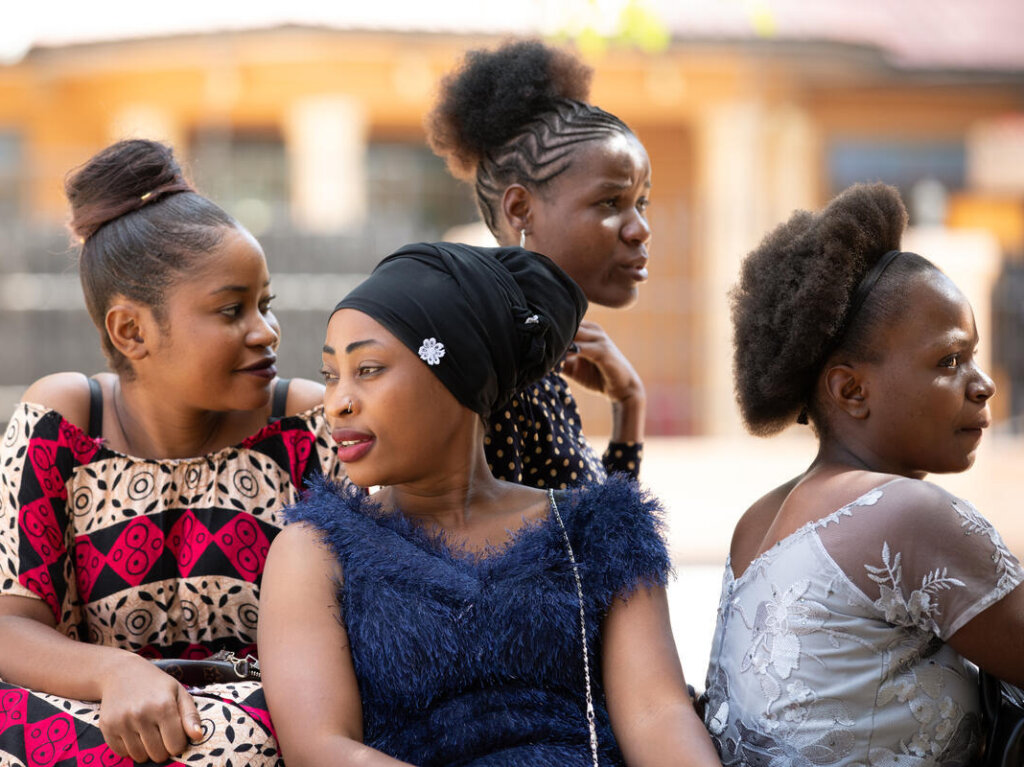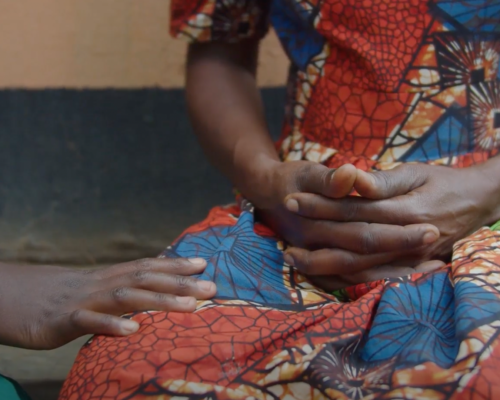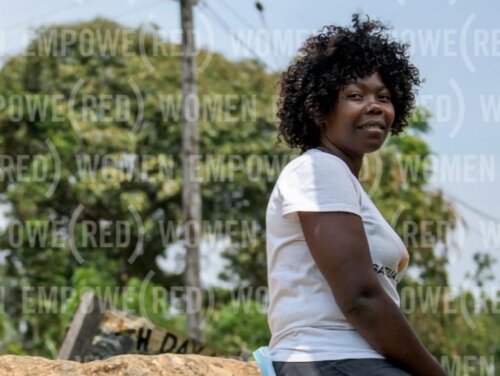How Is Female Genital Mulatilation Linked to HIV?
Every year, millions of women and girls undergo some form of Female Genital Mutilation (FGM), leaving them with lasting physical, emotional, and psychological scars. FGM involves the cutting or altering of female genitalia for non-medical reasons, offering no health benefits. It’s still practiced in over 30 countries, with over 144 million accounts in Africa to date. Over 230 million women and girls alive today have been subjected to FGM, and an estimated 4.4 million girls are at risk this year alone.
February 6th is International Day of Zero Tolerance for Female Genital Mutilation and this year, we’ve partnered with the Ifrah Foundation to raise awareness about the intersection between HIV and FGM. While (RED) generates funds and urgency for the fight against HIV/AIDS, which disproportionately affects women and girls, the Ifrah Foundation focuses on eradicating FGM in Somalia through advocacy, awareness, and community empowerment. Together, we’re committed to improving women’s and girls’ health and eliminating harmful and unnecessary practices.

Four Ways FGM and HIV are Linked:
1. Unsafe Procedures: FGM is often performed in unsafe conditions, where unsterilized surgical instruments are shared among girls. This increases the risk of HIV transmission through possible blood exposure between those undergoing FGM procedure
Source: WHO
2. Long-Term Health Complications: FGM can lead to lifelong health issues such as severe bleeding, tearing during childbirth or intercourse, and complications from blood transfusions – all of which increase susceptibility to HIV.
3. Gender Inequality: FGM is rooted in patriarchal norms, often accompanied by child marriage and a lack of access to sexual health education, which collectively increase women’s risk of contracting HIV. Survivors of FGM may avoid seeking medical care due to stigma, further exacerbating the risk of untreated infections, including HIV.
Source: UNFPA, Columbia Journal
4. Prevalence in Communities with Limited Resources: Both FGM and HIV are more prevalent in low-income communities with limited healthcare, education, and preventive resources. In many of these communities, FGM is often used to control female sexuality, and protective measures against HIV are discouraged.
Source: UNFPA, National Institute of Medicine Study
Addressing FGM and HIV requires a multifaceted approach, as both are deeply embedded in cultural and social constructs. These are not just healthcare challenges, but fundamental human rights issues that require education and advocacy to drive prevention. (RED) and the Ifrah Foundation remain committed to raising awareness for HIV and FGM and empowering women and girls worldwide.








